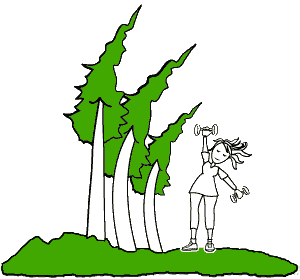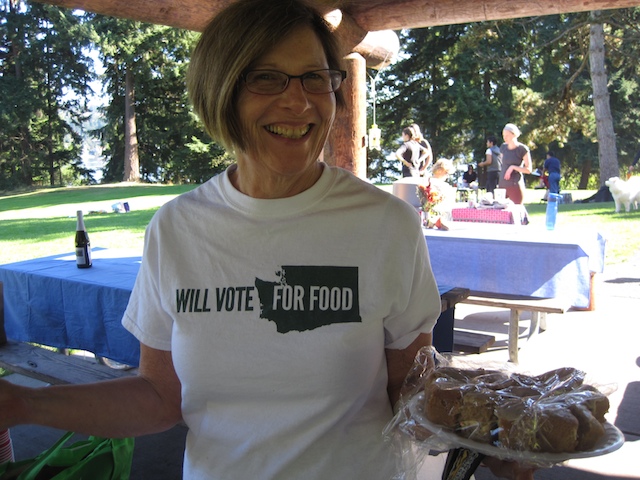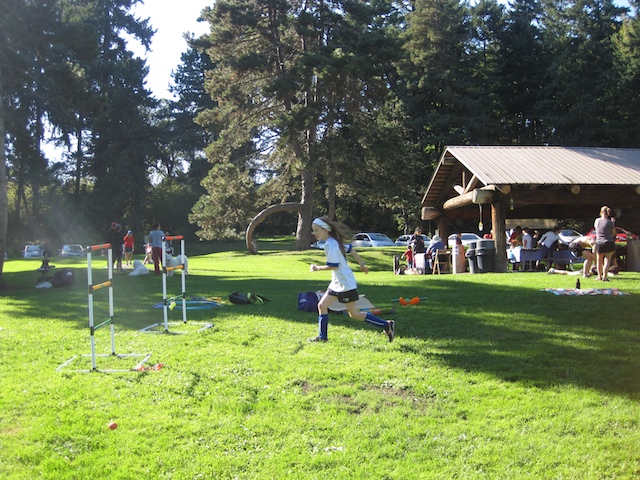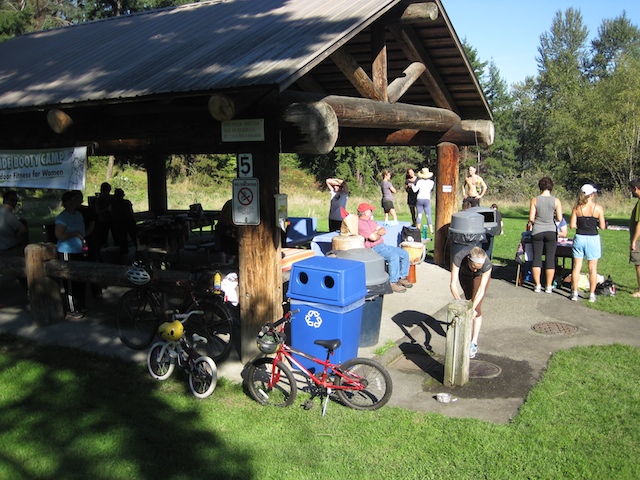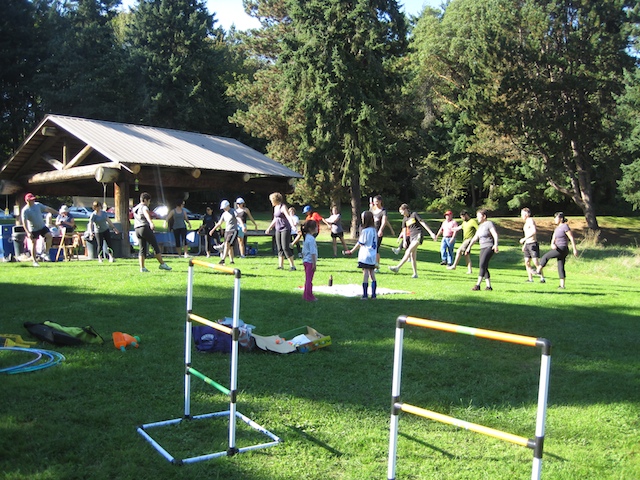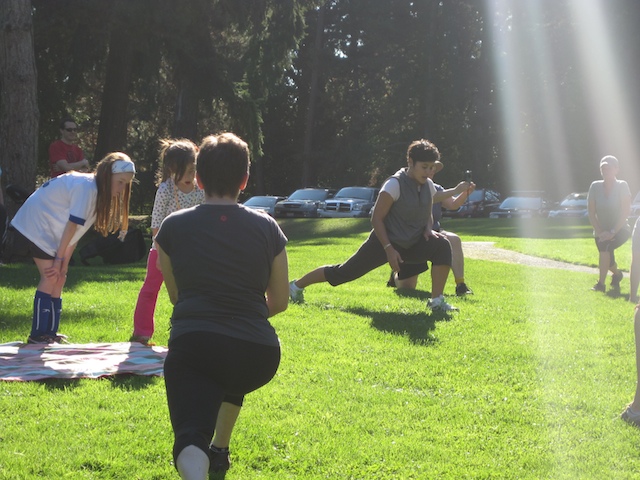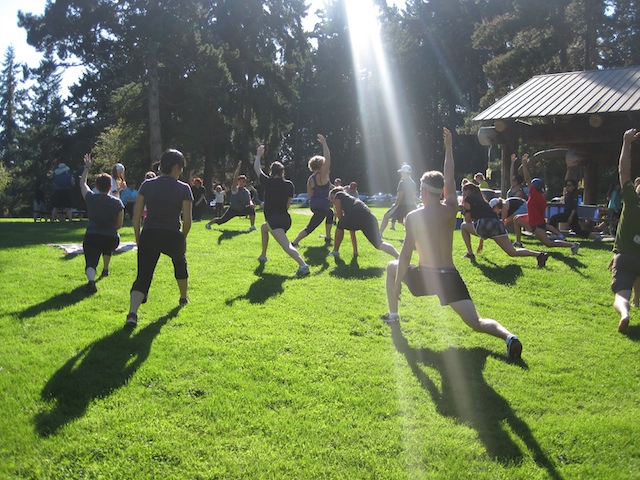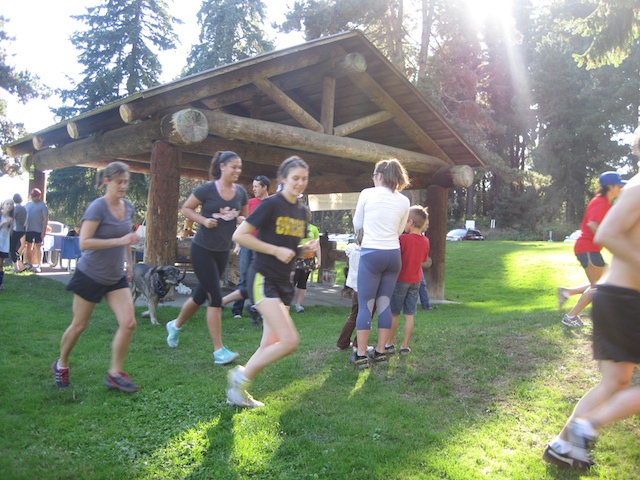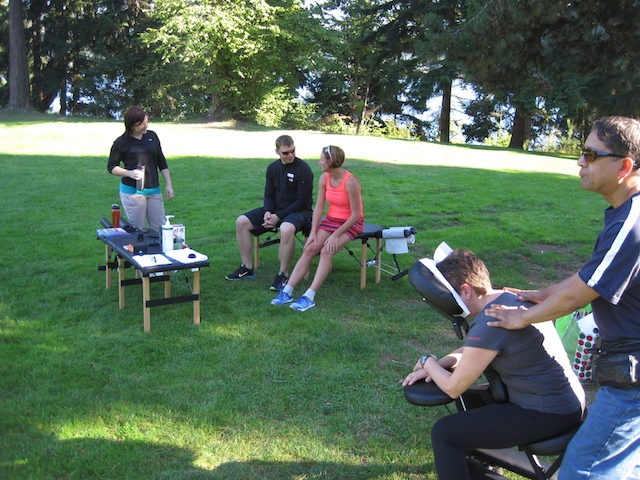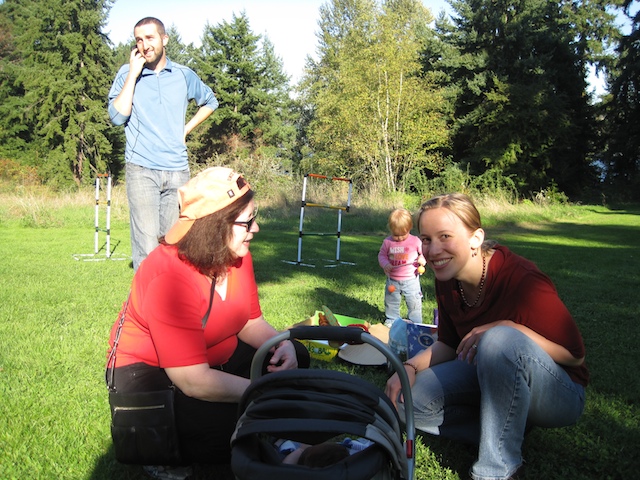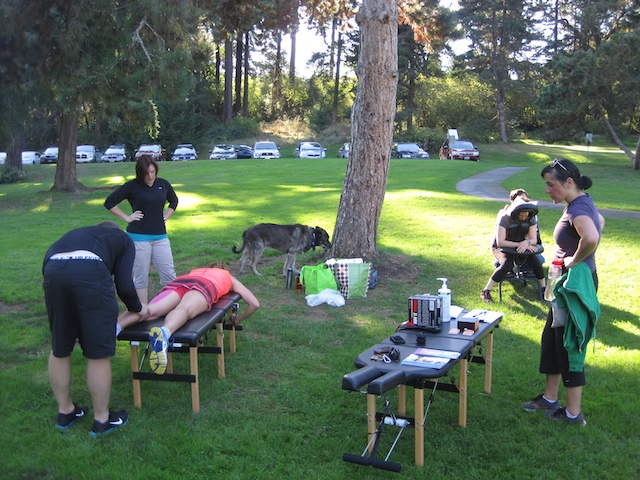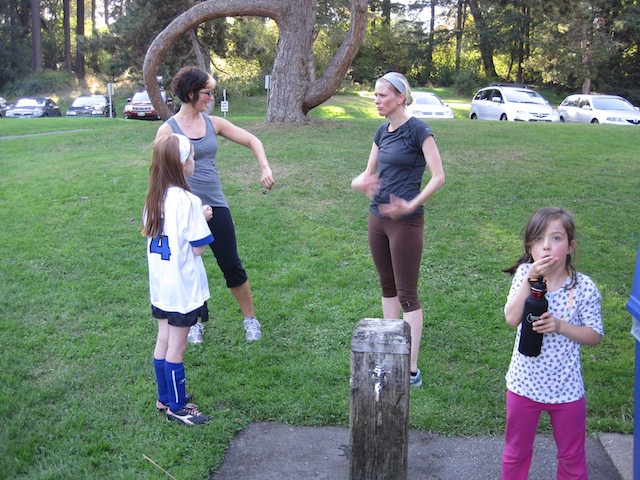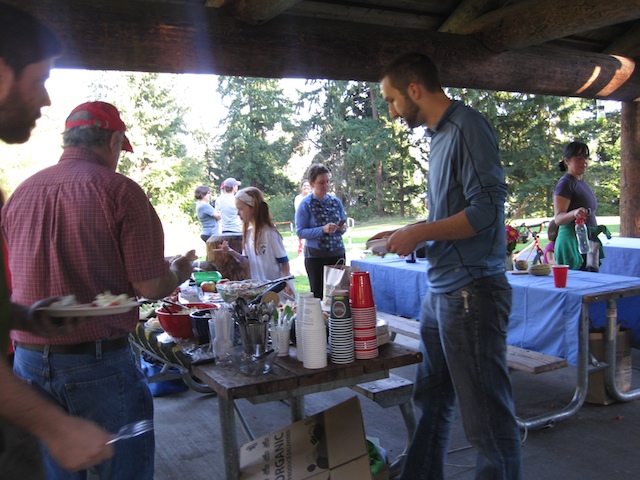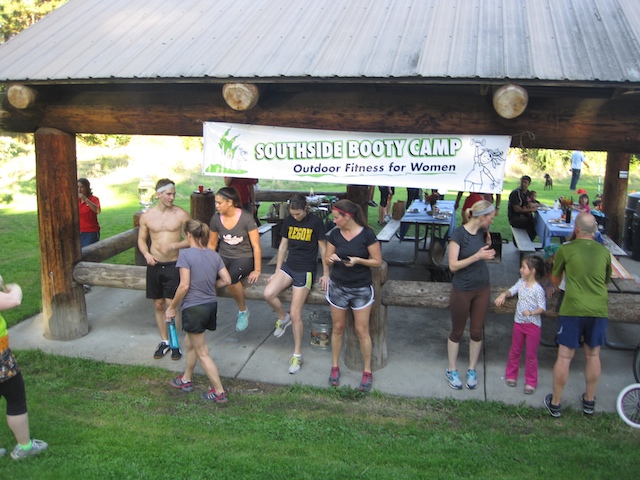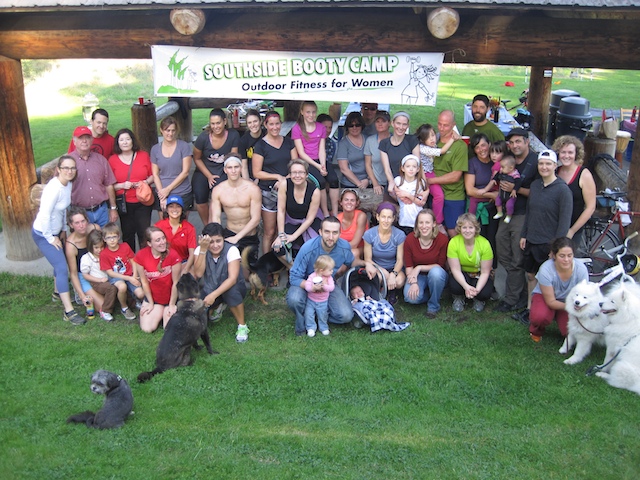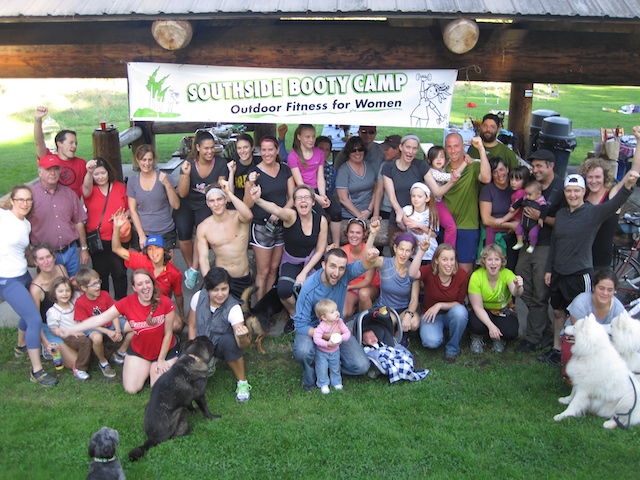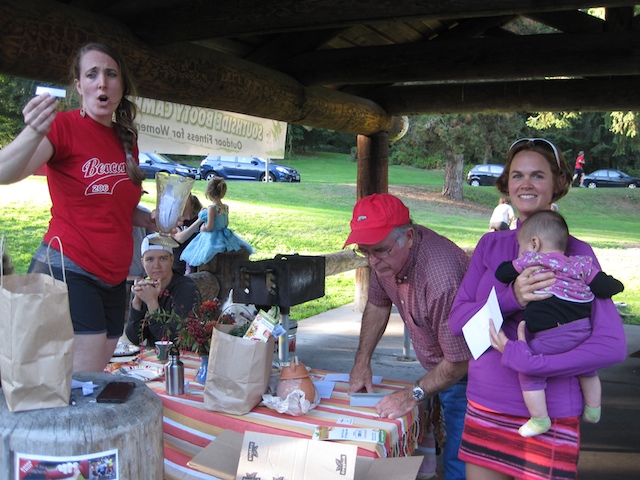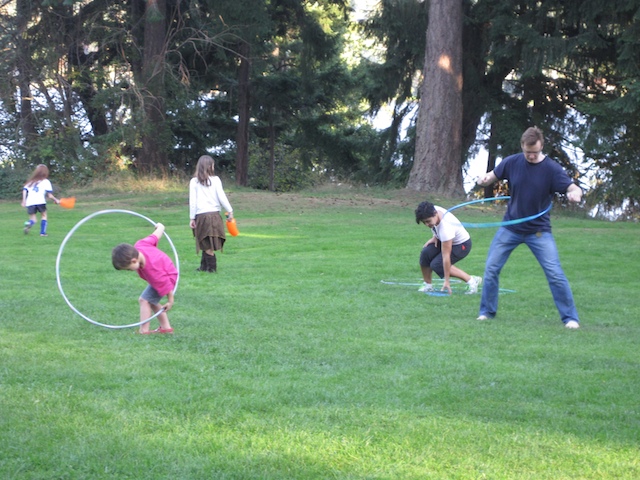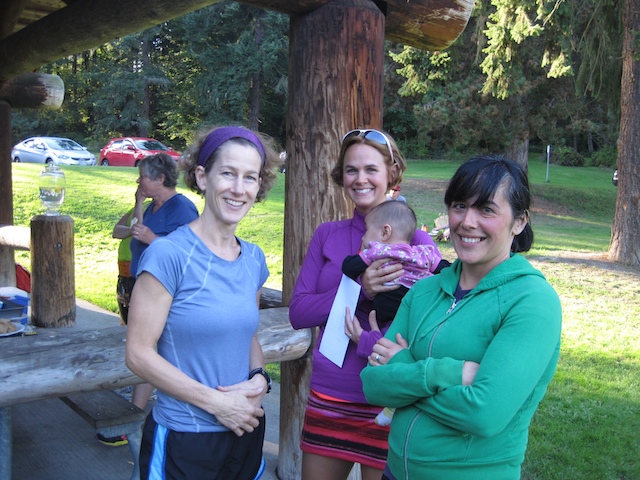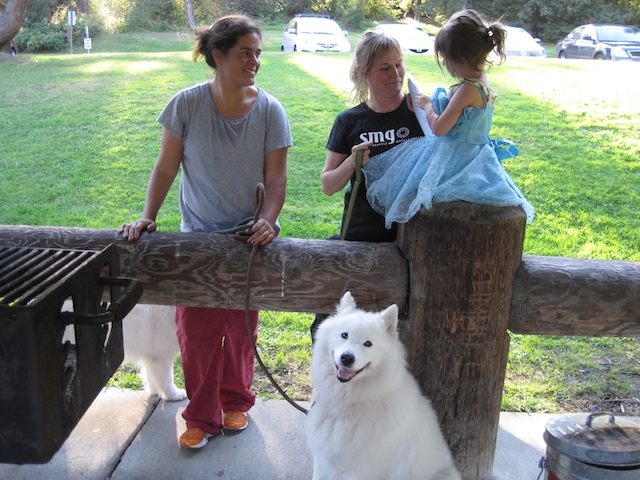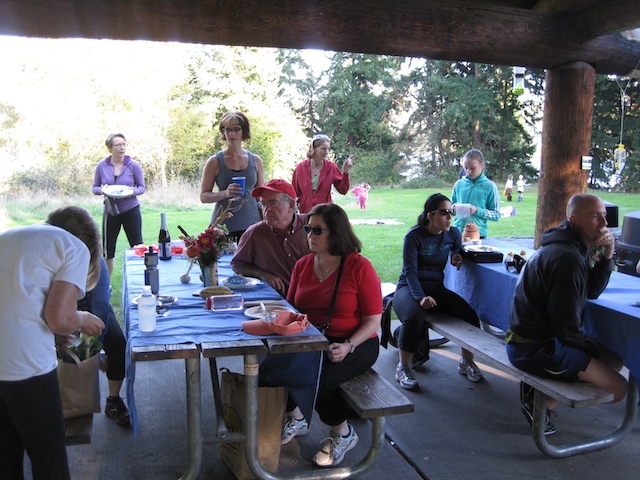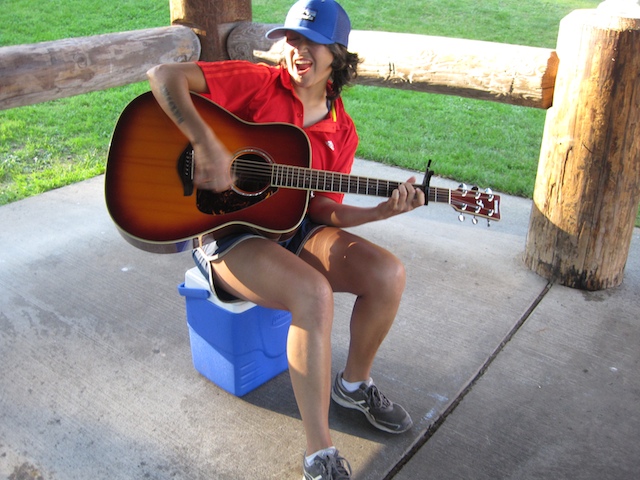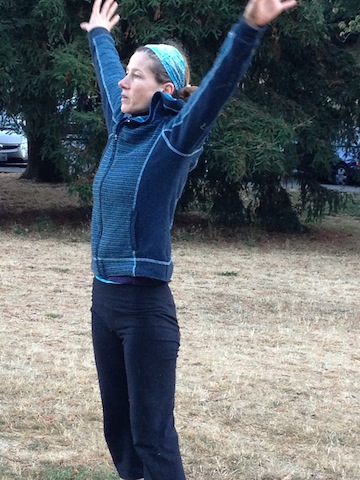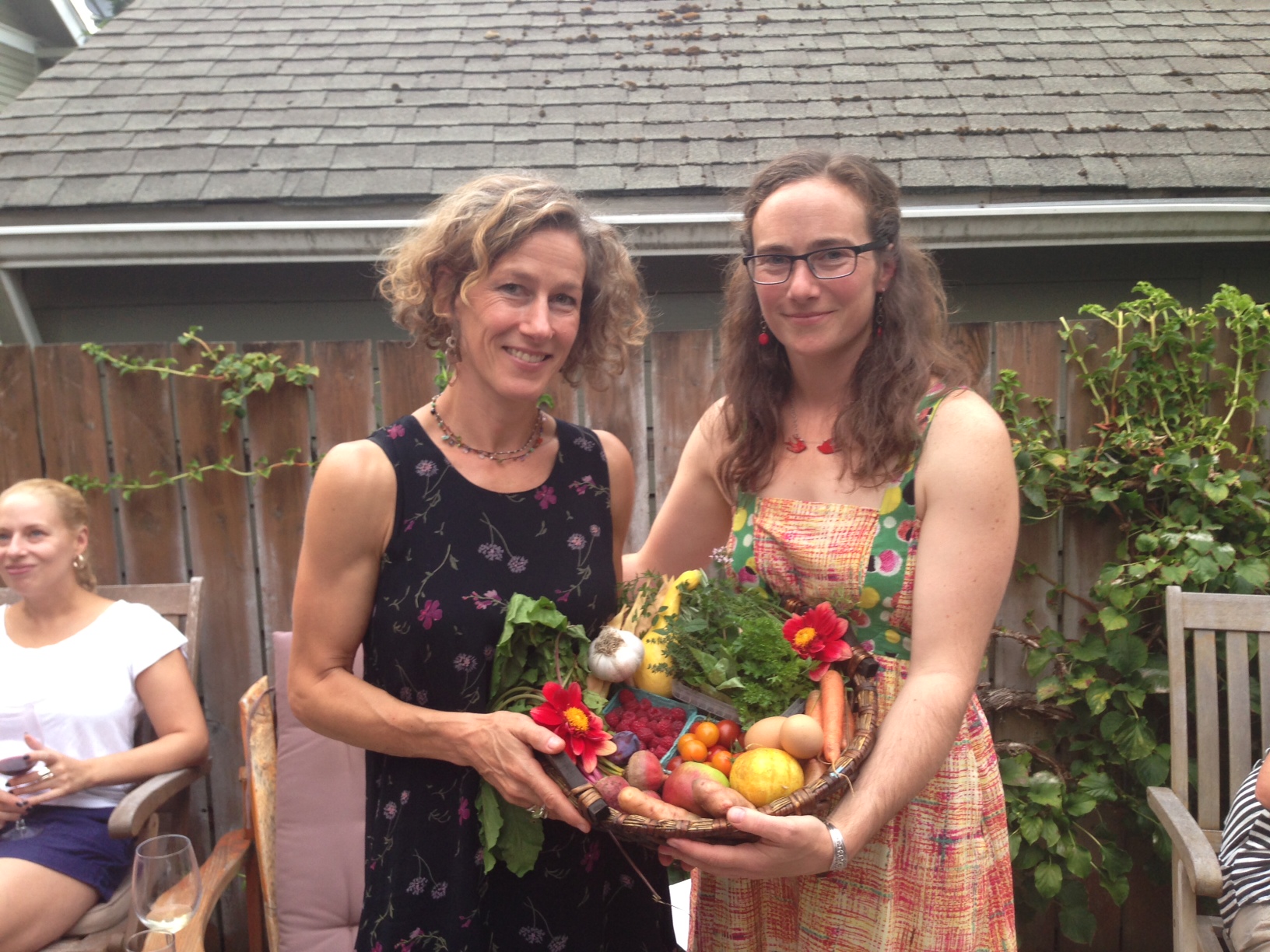Hamstring tightness and lack of flexibility is a concern for many of us, and something I get asked about frequently at Booty Camp. We work out to build strength and flexibility and this can be compromised when an integral part of our body, such as the hamstrings, are overactive or tight, making what would be a good workout session a painful or injurious event. Our goal is to provide preventative measures to help strengthen those hamstrings and provide flexibility tips to help lengthen and loosen the hammies and keep you moving smoothly throughout your daily life.
What the Hamstrings Do:
Three muscles make up the hamstring muscle group–the bicep femoris, semitendinosus and semimembranosus.
The hamstrings flex the knee joint and extend the hips. They are critical in ensuring a normal range of leg and joint movement and play a major role in forward propulsion—transferring power between hip and knee joints. When we jump, they are one of the first muscles activated to propel the leg motion.
Some Factors That Contribute to Tight Hamstrings:
- Decreased back mobility
- Pelvic tilt/lumbar curve
- Poor posture
- Lack of core strength
- Long hours sitting
- Unconscious tension held in the body
- Prior injuries
- Weak hamstring muscles relative to stronger quadriceps muscles
When our hamstrings are tight or inflexible, the body compensates for this restriction, typically by increasing pressure on the lower back/lumbar spine. Those of us with tight hamstrings often have associated lower back pain.
Flexibility Tips:
There are a few simple techniques we can employ to lengthen and loosen the hamstrings, thus creating more fluid movement through the legs and take the stress off the lower back. Correcting the length of the hamstring, through strengthening and stretching exercises, while simultaneously strengthening the lumbar region, is important to the body’s overall well-being and something we work on regularly in Booty Camp. Some tips:
- Perform hamstring stretches when your muscles are warm
- Do not force any stretch. Only perform the stretch to the point where you feel it but are not experiencing acute pain.
- When you do stretch, start with low back and calf stretches first before progressing to hamstring stretches.
- Back exercises for core stability and coordination help with hamstring tightness! It’s all interconnected.
- Foam rollers, tennis balls, etc are your friend. Use them to roll out problems spots in your body, especially the legs and back.
- Most importantly, listen to your body. Hamstring strains and tears take a long time to recover from. After you have strained a hamstring, they are more susceptible to injury moving forward. If you have injured a hamstring muscle, don’t push through the pain! Modify. Ask your trainer for suggestions. We are here to help with your overall fitness health.
– Contributed by Trainer Gina
